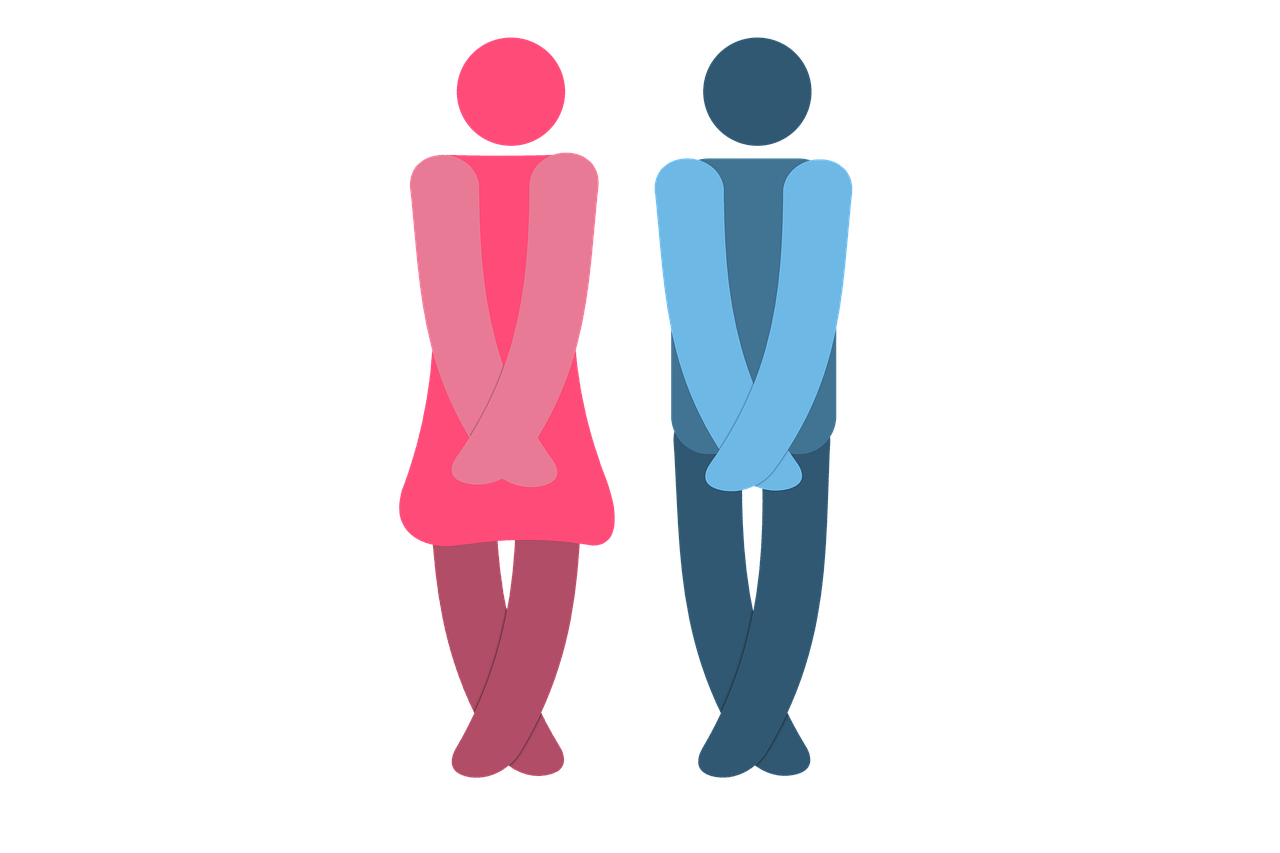What is urinary incontinence (NTM)
Urinary incontinence, also known as incontinence, is the uncontrolled leakage of urine through the urethra. It is not only a health problem, but also a social problem.
What factors favour the occurrence of NTM
Factors contributing to urinary incontinence include:
- previous pregnancies and natural deliveries
- obesity, which puts a strain on the whole body
- chronic cough
- diabetes
- frequent constipation
- advanced age
- spinal cord injuries
- neurological diseases.
What types of NTM are there
Depending on the causes of the condition, there are several types of NTM. The most common are 3 types:
- Stress urinary incontinence - involves urine leakage during physical exertion, sneezing or coughing. This is because these activities cause an increase in pressure in the abdomen. This type of condition is the most common. It accounts for about 49% of all cases of NTM.
- Urge incontinence - is an involuntary leakage of urine that is preceded by a feeling of urgency that cannot be controlled. It is one of the symptoms of an overactive bladder. Approximately 22% people with NTM develop this form.
- Mixed urinary incontinence - involves a combination of two types of NTM: stress and urgency. Uncontrolled urine leakage occurs during exertion, sneezing and coughing. At the same time, a sudden urge to push on the bladder is felt. It accounts for approximately 29% of all NTM cases.
Who to consult at the first sign of NTM
Noticing urinary incontinence in yourself? Go to your general practitioner (GP). He or she will refer you to an appropriate specialist who will diagnose the problem and recommend an appropriate course of treatment. This specialist may be a urologist, a gynaecologist (if you are a woman) or a geriatrician (if you are aged 60+). Any of these specialists can carry out tests to determine the type of incontinence and will suggest an appropriate treatment for your condition. Don't delay. Faster diagnosis means more effective treatment.
How to treat urinary incontinence
Treatment depends on the type and level of severity of NTM. It is important to take action when the first symptoms appear.
Treatment of exercise-induced NTM
Applies:
- conservative methods such as lifestyle changes, pelvic floor muscle training (Kegel muscles), bladder training, electrostimulation, weight reduction
- surgical treatment.
Treatment of urgent NTM
Applies:
- conservative methods: avoiding caffeine, limiting fluid intake when the problem is more troublesome, bladder training, Kegel muscle exercise
- pharmacological treatment.
Treatment of mixed NTM
It involves combining the two methods previously described and adapting them to the symptoms present.
Where to seek additional assistance
People struggling with incontinence are supported by the Association of People with NTM "UroConti"which cooperates with the National Health Fund under the Patients' Organisations Forum. The association offers the following assistance:
- exercises to strengthen the pelvic floor muscles
- free and open educational lectures on NTM
- integration meetings for people with NTM
- meetings with medical consultants
- legislative initiatives to improve the lives of NTM patients.
Additional information on NTM can be found in the article Not just a woman's problem.
Source: patient.gov.pl

